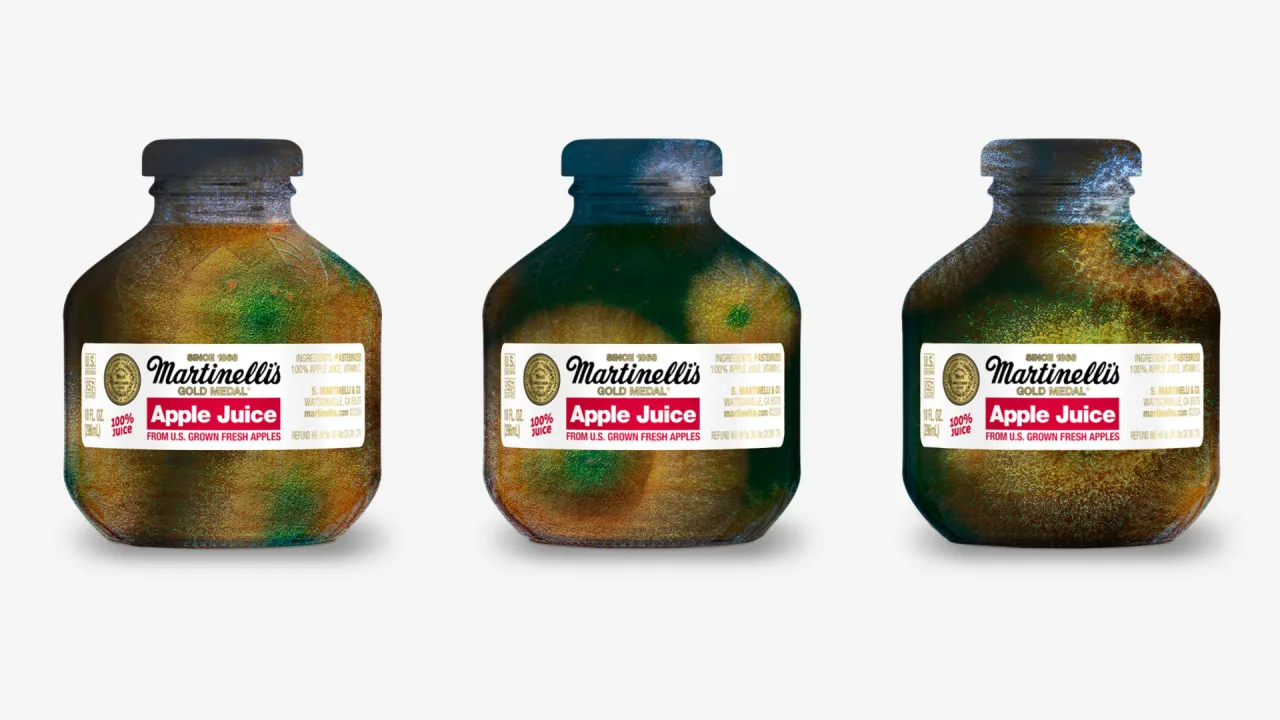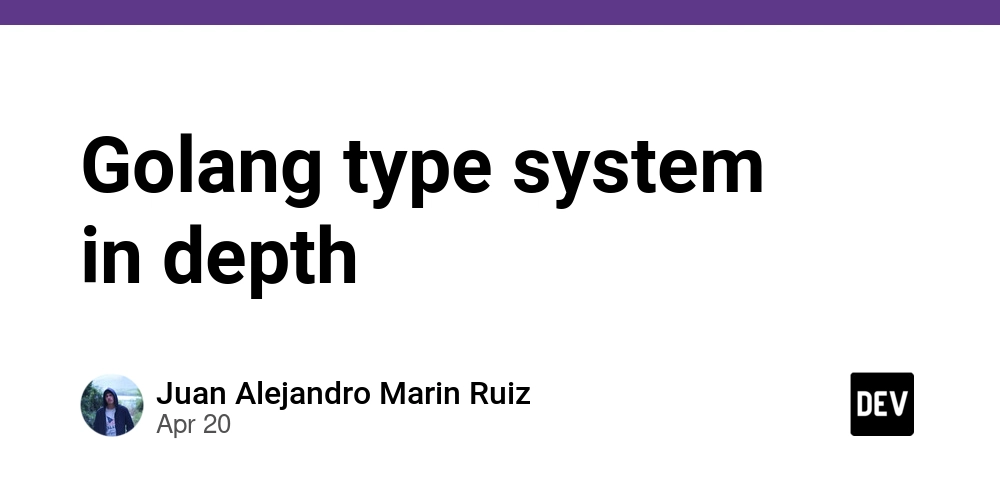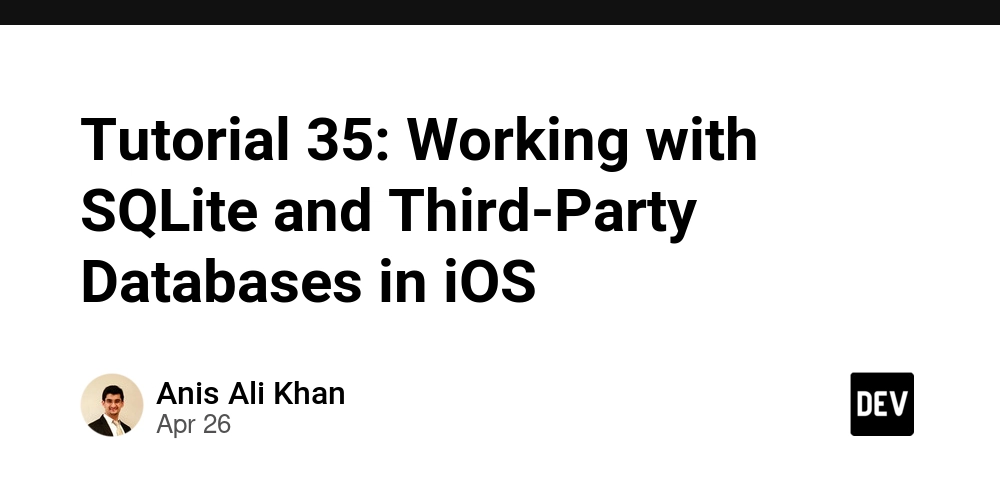Message Brokers Made Simple: Exploring Redis for Service Communication
In modern software architecture, different services or applications need to communicate with each other. But how do you ensure that messages are delivered reliably between these independent services? Let me introduce you to message broker—a middleware solution that facilitates communication between various components of a system by routing, storing, and delivering messages. Let’s dive into what a message broker is, and how Redis, an in-memory data structure store, can serve as an efficient and lightweight message broker for your applications. What is a Message Broker? A message broker is essentially a mediator between different services or applications. It helps route messages from one system to another and ensures that they are delivered reliably and efficiently. In a microservices-based architecture, where you might have dozens or even hundreds of services, a message broker plays a crucial role in managing communication between these independent services. A good message broker supports: Message Routing: Delivering messages to the right destination. Message Persistence: Storing messages until they are successfully processed. Message Acknowledgment: Confirming that messages have been received and processed. Message Queues: Holding messages temporarily when the consumer service is unavailable. Now, let’s take a look at how Redis can function as a message broker. Redis as a Message Broker Redis is well-known for being a fast, in-memory data structure store that supports different types of data structures like strings, hashes, lists, and sets. While Redis is typically used for caching and session storage, it can also be used as a lightweight, high-performance message broker. Let’s break down the key features that make Redis a great fit for message brokering. 1. Pub/Sub Messaging with Redis One of the simplest ways to use Redis as a message broker is through its Publish/Subscribe (Pub/Sub) messaging pattern. Redis provides the PUBLISH and SUBSCRIBE commands to implement the pub/sub model, which allows services to communicate by sending and receiving messages in real-time. How It Works: Publish: A service can send (publish) messages to a channel. Subscribe: Other services can listen (subscribe) to a channel and process messages when they are published. This is ideal for real-time communication where one service needs to send updates or notifications to multiple subscribers. For example, in a chat application, a message can be sent from one user and instantly delivered to all users who are subscribed to the chat channel. # Publisher (Service A) PUBLISH my_channel "Hello, world!" # Subscriber (Service B) SUBSCRIBE my_channel In this example, Service B will receive the "Hello, world!" message as soon as it's published by Service A. 2. Advanced Messaging with Lists and Sorted Sets While Pub/Sub is great for real-time messaging, Redis can also handle more complex messaging scenarios like task queues and job scheduling using data structures like lists and sorted sets. Lists: Redis lists can function as task queues where producers push tasks into a list and consumers pop tasks off the list to process them. This is useful when you need to handle asynchronous tasks that can be processed later, like background jobs or file processing. Sorted Sets: For more advanced scenarios where tasks need to be processed based on priority or timing, Redis sorted sets come in handy. You can push tasks into a sorted set with a priority score and have consumers process tasks in the correct order. # Producer pushes tasks into a list LPUSH task_queue "Task 1" LPUSH task_queue "Task 2" # Consumer pops tasks off the list BRPOP task_queue 0 # Block and wait for a task This is ideal for situations where you need to manage a queue of tasks that should be processed in order or with specific timing. 3. Redis Streams for Enhanced Features If your application requires more advanced message processing features such as message persistence, acknowledgment, and consumer groups, Redis provides Streams—a powerful feature that extends Redis’s messaging capabilities. Redis Streams allows you to create consumer groups that can read messages from a stream and ensure that each message is processed exactly once by one member of the group. This is particularly useful in systems where you need to distribute work across multiple consumers while guaranteeing that messages are processed in a fault-tolerant manner. Key Features of Redis Streams: Message Persistence: Messages are stored in the stream, even after they’ve been consumed, so they can be replayed if needed. Acknowledgment: Consumers can acknowledge messages, ensuring that the broker knows when a message has been successfully processed. Consumer Groups: Messages can be distributed among multiple consumers, with each consumer group processing a subset of messages. # Producer
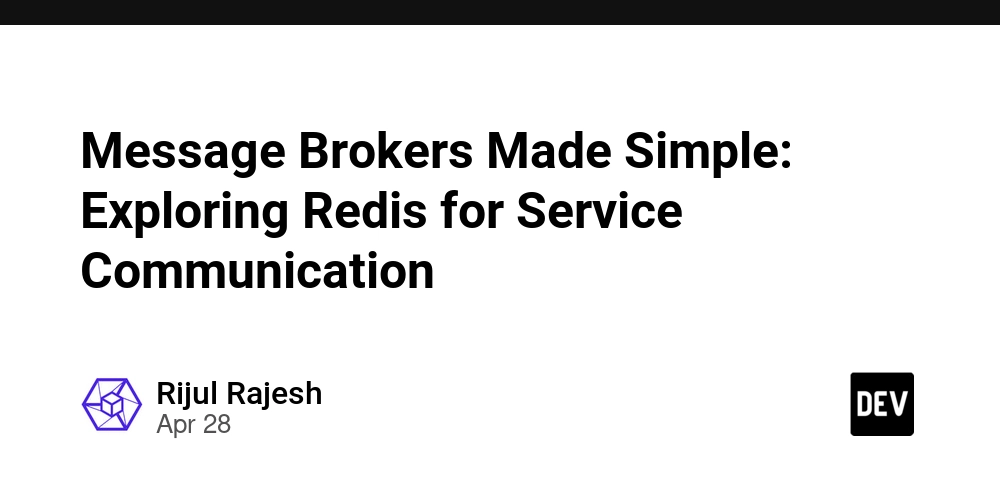
In modern software architecture, different services or applications need to communicate with each other. But how do you ensure that messages are delivered reliably between these independent services?
Let me introduce you to message broker—a middleware solution that facilitates communication between various components of a system by routing, storing, and delivering messages.
Let’s dive into what a message broker is, and how Redis, an in-memory data structure store, can serve as an efficient and lightweight message broker for your applications.
What is a Message Broker?
A message broker is essentially a mediator between different services or applications. It helps route messages from one system to another and ensures that they are delivered reliably and efficiently. In a microservices-based architecture, where you might have dozens or even hundreds of services, a message broker plays a crucial role in managing communication between these independent services.
A good message broker supports:
- Message Routing: Delivering messages to the right destination.
- Message Persistence: Storing messages until they are successfully processed.
- Message Acknowledgment: Confirming that messages have been received and processed.
- Message Queues: Holding messages temporarily when the consumer service is unavailable.
Now, let’s take a look at how Redis can function as a message broker.
Redis as a Message Broker
Redis is well-known for being a fast, in-memory data structure store that supports different types of data structures like strings, hashes, lists, and sets. While Redis is typically used for caching and session storage, it can also be used as a lightweight, high-performance message broker. Let’s break down the key features that make Redis a great fit for message brokering.
1. Pub/Sub Messaging with Redis
One of the simplest ways to use Redis as a message broker is through its Publish/Subscribe (Pub/Sub) messaging pattern. Redis provides the PUBLISH and SUBSCRIBE commands to implement the pub/sub model, which allows services to communicate by sending and receiving messages in real-time.
How It Works:
- Publish: A service can send (publish) messages to a channel.
- Subscribe: Other services can listen (subscribe) to a channel and process messages when they are published.
This is ideal for real-time communication where one service needs to send updates or notifications to multiple subscribers. For example, in a chat application, a message can be sent from one user and instantly delivered to all users who are subscribed to the chat channel.
# Publisher (Service A)
PUBLISH my_channel "Hello, world!"
# Subscriber (Service B)
SUBSCRIBE my_channel
In this example, Service B will receive the "Hello, world!" message as soon as it's published by Service A.
2. Advanced Messaging with Lists and Sorted Sets
While Pub/Sub is great for real-time messaging, Redis can also handle more complex messaging scenarios like task queues and job scheduling using data structures like lists and sorted sets.
Lists: Redis lists can function as task queues where producers push tasks into a list and consumers pop tasks off the list to process them. This is useful when you need to handle asynchronous tasks that can be processed later, like background jobs or file processing.
Sorted Sets: For more advanced scenarios where tasks need to be processed based on priority or timing, Redis sorted sets come in handy. You can push tasks into a sorted set with a priority score and have consumers process tasks in the correct order.
# Producer pushes tasks into a list
LPUSH task_queue "Task 1"
LPUSH task_queue "Task 2"
# Consumer pops tasks off the list
BRPOP task_queue 0 # Block and wait for a task
This is ideal for situations where you need to manage a queue of tasks that should be processed in order or with specific timing.
3. Redis Streams for Enhanced Features
If your application requires more advanced message processing features such as message persistence, acknowledgment, and consumer groups, Redis provides Streams—a powerful feature that extends Redis’s messaging capabilities.
Redis Streams allows you to create consumer groups that can read messages from a stream and ensure that each message is processed exactly once by one member of the group. This is particularly useful in systems where you need to distribute work across multiple consumers while guaranteeing that messages are processed in a fault-tolerant manner.
Key Features of Redis Streams:
- Message Persistence: Messages are stored in the stream, even after they’ve been consumed, so they can be replayed if needed.
- Acknowledgment: Consumers can acknowledge messages, ensuring that the broker knows when a message has been successfully processed.
- Consumer Groups: Messages can be distributed among multiple consumers, with each consumer group processing a subset of messages.
# Producer adds messages to a stream
XADD my_stream * message "Task 1"
# Consumer reads from the stream
XREAD GROUP my_group consumer_name BLOCK 0 STREAMS my_stream >
In this example, multiple consumers within the same consumer group will share the work of processing messages from the my_stream stream.
4. High Throughput and Low Latency
Redis is designed to be fast and efficient, making it an ideal choice for building scalable messaging systems. With its in-memory architecture, Redis can deliver high throughput and low latency, which is critical in real-time messaging systems where you need to send and receive messages in microseconds.
Whether you’re dealing with high-frequency events or low-latency messaging needs, Redis ensures that your message delivery is quick and reliable.
When to Use Redis as a Message Broker?
Redis is a fantastic choice as a message broker when:
- You need real-time communication between services.
- Your system requires high throughput and low latency.
- You’re dealing with task queues, job scheduling, or event-driven architectures.
- You need basic message routing or more advanced features like message persistence and consumer groups.
Wrapping up
Redis offers a lightweight, fast, and highly scalable solution for building messaging systems. Whether you're using it for real-time Pub/Sub communication, task queues, or more complex message processing with Redis Streams, it’s an efficient and reliable choice for many scenarios. Its simplicity and performance make it an excellent option for teams looking to build scalable messaging systems without the overhead of more complex broker setups.
If you're a software developer who enjoys exploring different technologies and techniques like this one, check out LiveAPI. It’s a super-convenient tool that lets you generate interactive API docs instantly.
So, if you’re working with a codebase that lacks documentation, just use LiveAPI to generate it and save time!
You can instantly try it out here!


































































































































































![[The AI Show Episode 143]: ChatGPT Revenue Surge, New AGI Timelines, Amazon’s AI Agent, Claude for Education, Model Context Protocol & LLMs Pass the Turing Test](https://www.marketingaiinstitute.com/hubfs/ep%20143%20cover.png)



































































































































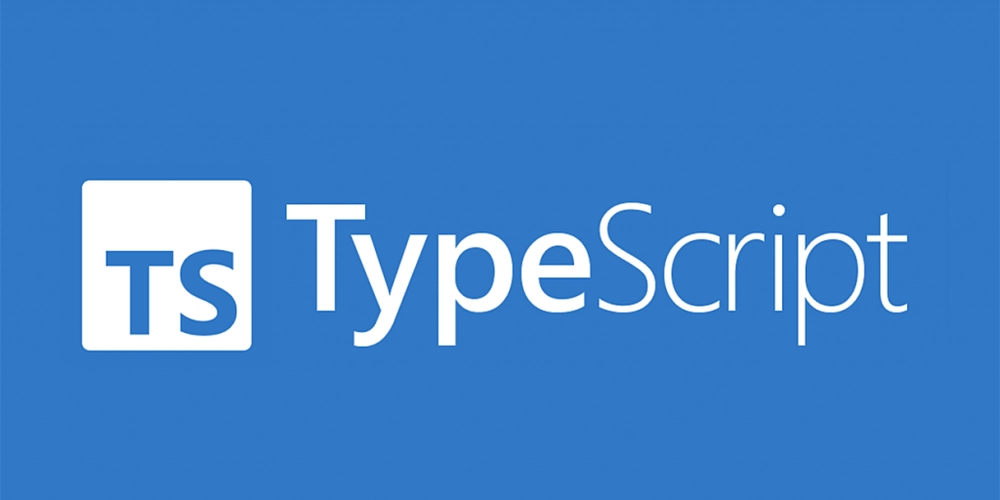






































































































































_Muhammad_R._Fakhrurrozi_Alamy.jpg?width=1280&auto=webp&quality=80&disable=upscale#)
_NicoElNino_Alamy.jpg?width=1280&auto=webp&quality=80&disable=upscale#)













































































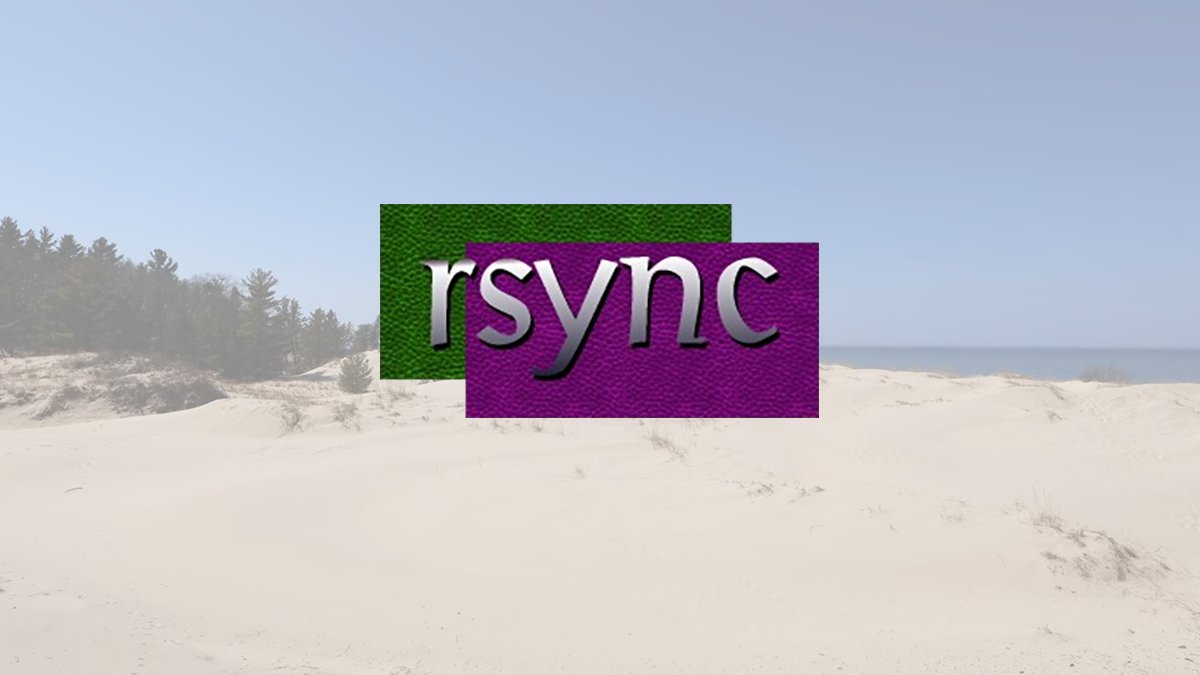

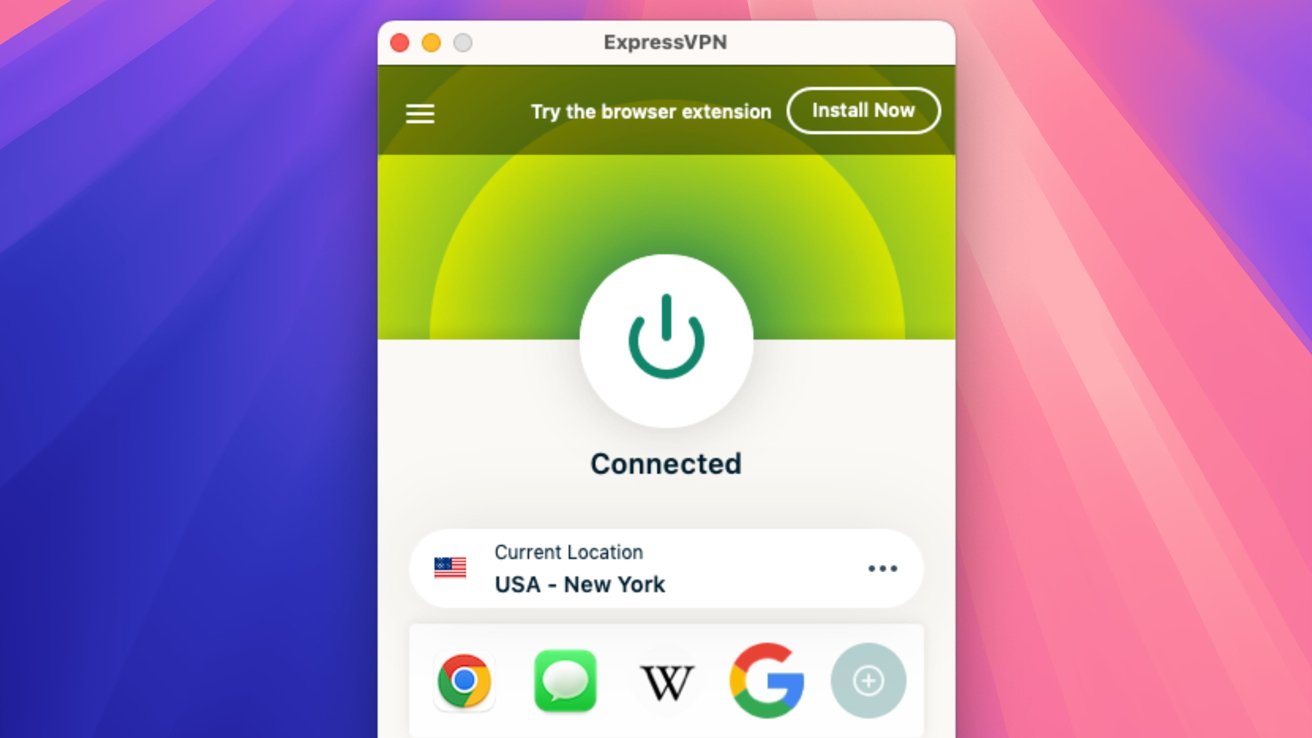



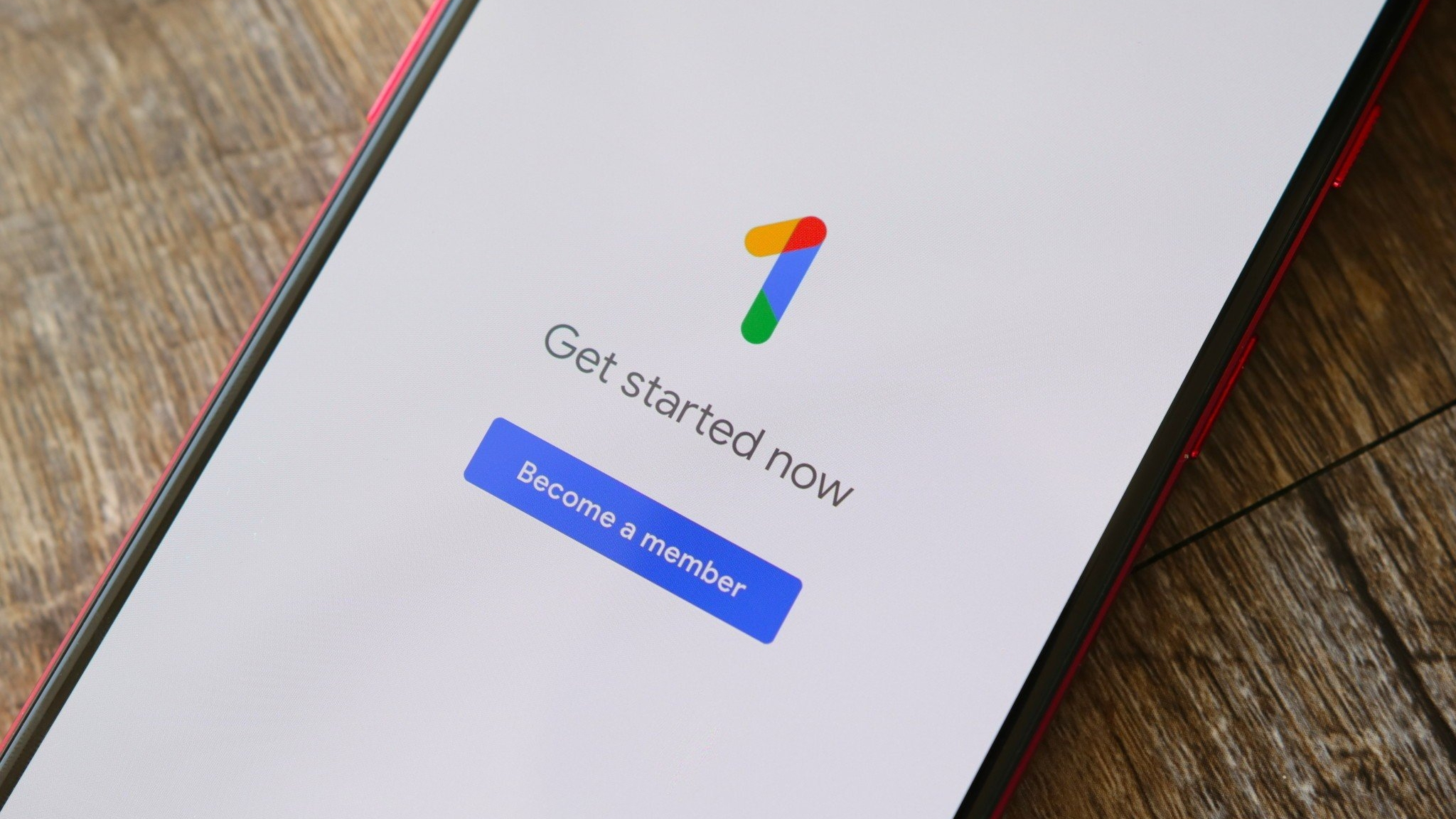


![macOS 15.5 beta 4 now available for download [U]](https://i0.wp.com/9to5mac.com/wp-content/uploads/sites/6/2025/04/macOS-Sequoia-15.5-b4.jpg?resize=1200%2C628&quality=82&strip=all&ssl=1)

















![AirPods Pro 2 With USB-C Back On Sale for Just $169! [Deal]](https://www.iclarified.com/images/news/96315/96315/96315-640.jpg)
![Apple Releases iOS 18.5 Beta 4 and iPadOS 18.5 Beta 4 [Download]](https://www.iclarified.com/images/news/97145/97145/97145-640.jpg)
![Apple Seeds watchOS 11.5 Beta 4 to Developers [Download]](https://www.iclarified.com/images/news/97147/97147/97147-640.jpg)
![Apple Seeds visionOS 2.5 Beta 4 to Developers [Download]](https://www.iclarified.com/images/news/97150/97150/97150-640.jpg)



















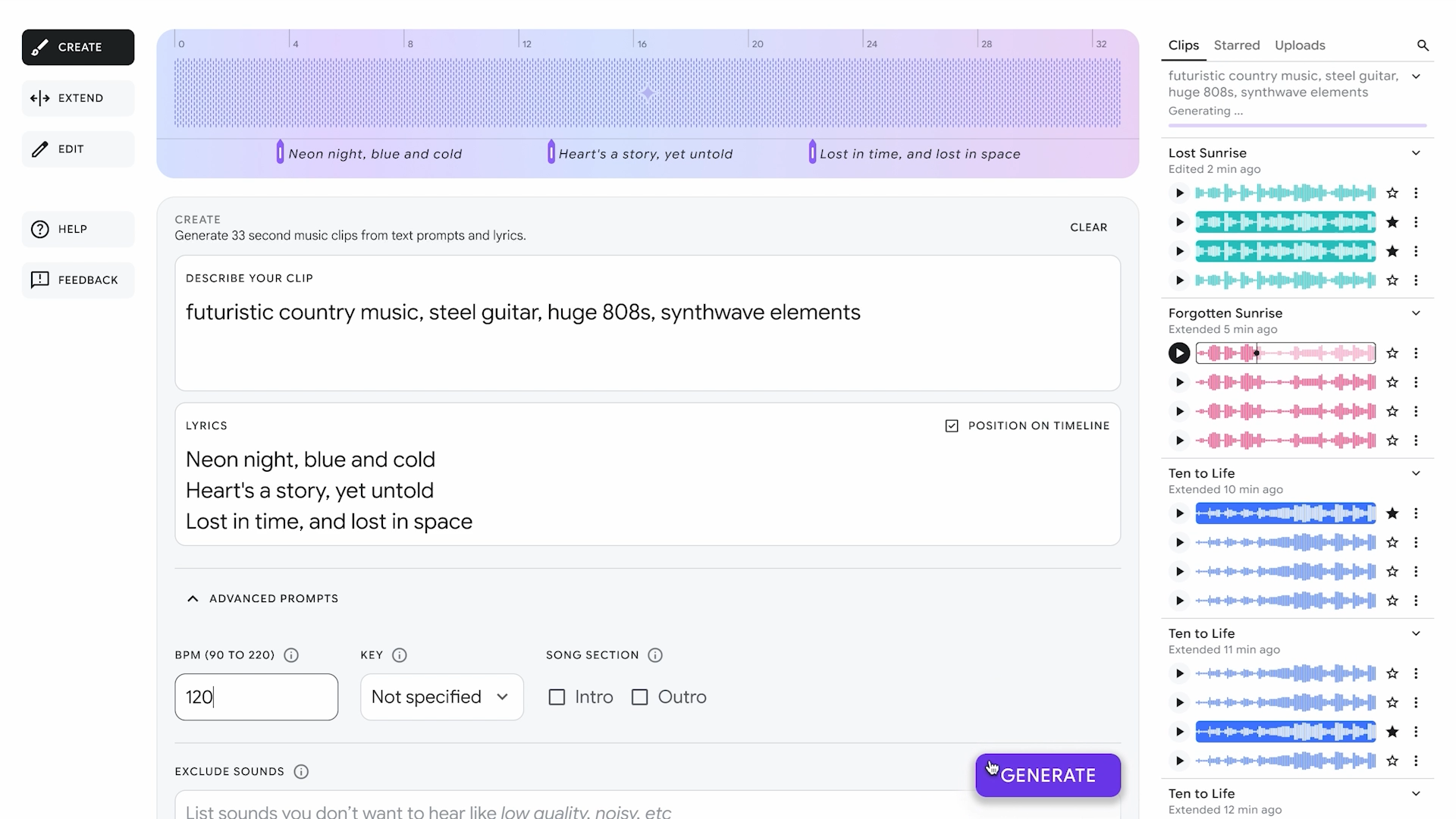



















![Apple Seeds Fourth Beta of iOS 18.5 to Developers [Update: Public Beta Available]](https://images.macrumors.com/t/uSxxRefnKz3z3MK1y_CnFxSg8Ak=/2500x/article-new/2025/04/iOS-18.5-Feature-Real-Mock.jpg)
![Apple Seeds Fourth Beta of macOS Sequoia 15.5 [Update: Public Beta Available]](https://images.macrumors.com/t/ne62qbjm_V5f4GG9UND3WyOAxE8=/2500x/article-new/2024/08/macOS-Sequoia-Night-Feature.jpg)
































